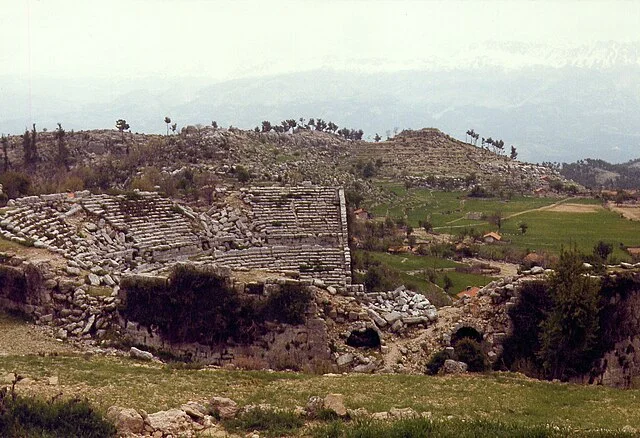Selge was an ancient city located in the rugged mountains of Pisidia, in modern-day Turkey. It stood on the southern side of the Sultan Mountains, near the modern town of Altınkaya, in the Isparta Province. The city was an important cultural and political center during the Hellenistic and Roman periods. Its history, architecture, and geographic location played crucial roles in its development.
Get your dose of History via Email
History of Selge
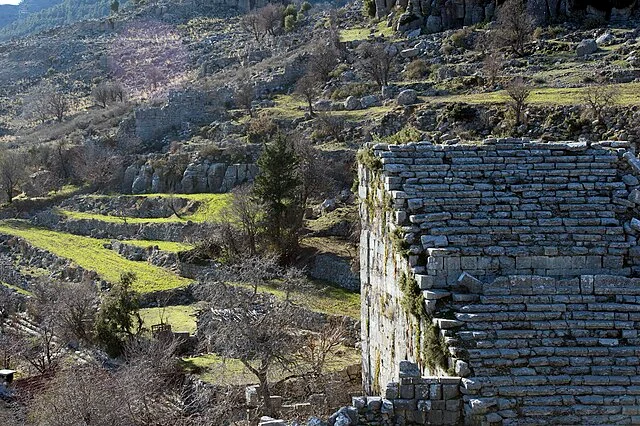
Selge’s history dates back to the early first millennium BC. It is believed that the city was founded by settlers from Argos, a prominent Greek city-state. The first recorded mention of Selge occurs in the writings of Herodotus (c. 484–c. 425 BC), who described it as a thriving city-state. Over time, it became a member of the Delphic Amphictyony, an ancient Greek religious association.
Selge’s strategic location made it an important hub for trade and military activity. In the 4th century BC, the city joined the League of Free Cities in Pisidia, which was a confederation of independent cities. It later became part of the Roman Empire in the 1st century BC. The Romans recognized its importance and allowed the city to maintain a degree of autonomy.
Geography and Architecture
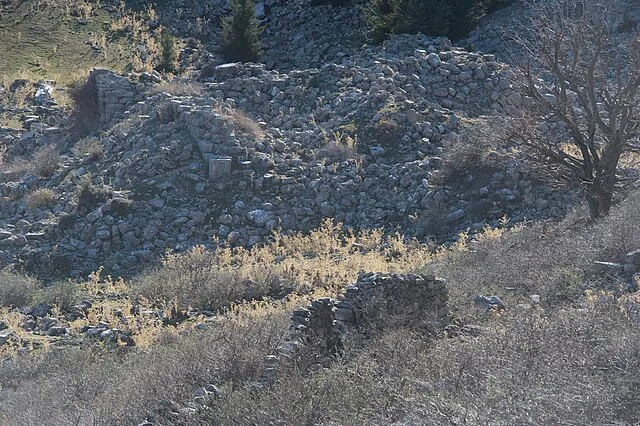
Selge’s geographic location in the Taurus Mountains made it naturally fortified, with steep slopes providing protection. The city was built on a hill, overlooking the Eurymedon River (now the Köprüçay River). This setting gave it an advantage in both defense and trade.
The city’s layout and architecture reflect its cultural and political significance. Selge’s most prominent structures include its well-preserved theater, city walls, and monumental gates. The theater, with a capacity of about 3,500 spectators, is one of the best-preserved structures of its kind in Asia Minor. It offers insight into the city’s Hellenistic and Roman architectural styles.
The city walls, which date to the Roman period, encircle the main settlement and provide evidence of its defensive capabilities. These walls are characterized by polygonal masonry, a typical feature of Pisidian fortifications. The gates, including the Gate of the Agora, are monumental in scale and reflect the wealth and power of Selge during its peak.
Economy and Society
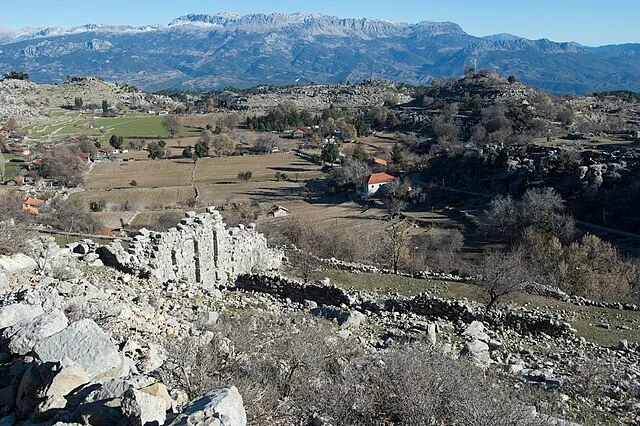
Selge’s economy was based on agriculture, trade, and military service. The fertile land around the city supported the cultivation of crops like wheat, olives, and grapes. The city’s strategic position along important trade routes allowed it to prosper through commerce, particularly in goods like timber, textiles, and pottery. The presence of nearby forests also made Selge a significant producer of wood and timber.
Selge’s social structure was largely influenced by Greek and Roman traditions. The city’s citizens enjoyed a high degree of autonomy, particularly under Roman rule, and were governed by a council and magistrates. The presence of Greek inscriptions throughout the city indicates the influence of Hellenistic culture.
Decline and Rediscovery
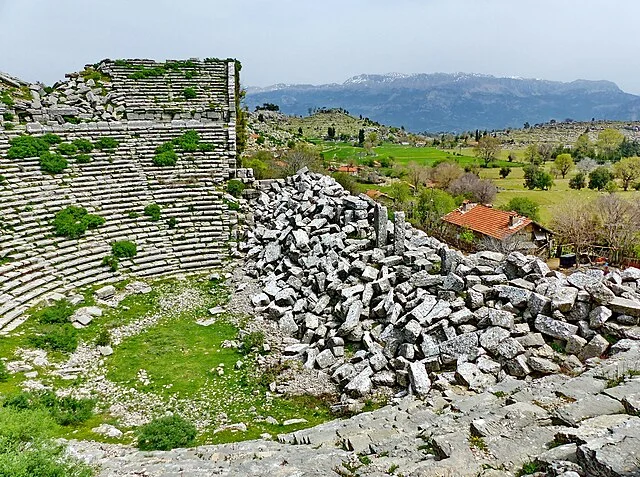
Selge’s decline began in the 5th century AD. The fall of the Western Roman Empire, combined with invasions from barbarian groups, led to the city’s abandonment. Over time, Selge fell into obscurity and was forgotten until its rediscovery in the 19th century. Archaeological excavations have since uncovered much of the city’s architecture, providing valuable insights into its past.
Today, Selge remains an important archaeological site. The ruins are open to the public and attract tourists interested in exploring ancient Pisidian history. Excavations continue, and new discoveries add to the understanding of the city’s role in ancient Mediterranean history.
Conclusion
Selge was a significant city in ancient Pisidia, known for its strategic location, impressive architecture, and rich cultural history. Its contributions to the political and economic landscape of the ancient world continue to be studied by historians and archaeologists. The city’s ruins, particularly its theater and city walls, offer a glimpse into the past, preserving its legacy for future generations.
Source:

